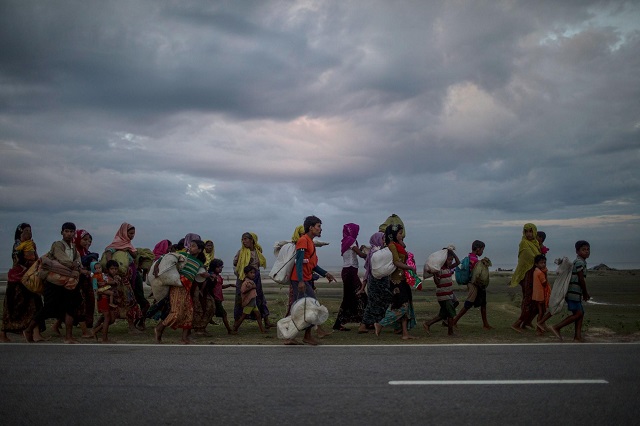
03/04/21 17:00 PM IST


What does the draft proposes?
Why the need arises for this new policy?
When Convention on Domestic Workers came into force?
The Convention on Domestic Workers, formally the Convention concerning Decent Work for Domestic Workers is a convention setting labour standards for domestic workers. It is the 189th ILO convention and was adopted during the 100th session of the International Labour Organization.It entered into force on 5 September 2013.
Main Provisions –
Where according to constitution migration becomes the responsibility of government?
Who has drawn attention to reach domestic workers?
How migrants contribute to the India’s economy?

17 Sep
'Dehradun and several other districts in Uttarakhand have experienced very heavy rainfall over the past few days, triggering landslides in multiple areas and causing rivers to swel
Read More
08 Sep
'The Rajasthan Coaching Centres (Control and Regulation) Bill, 2025, is a significant piece of legislation passed by the Rajasthan Assembly to regulate and oversee the state's burg
Read More
28 Aug
'Recently, the Indian Space Research Organisation (ISRO) successfully carried out its first Integrated Air Drop Test (IADT-1), a crucial milestone in the preparation for the countr
Read More